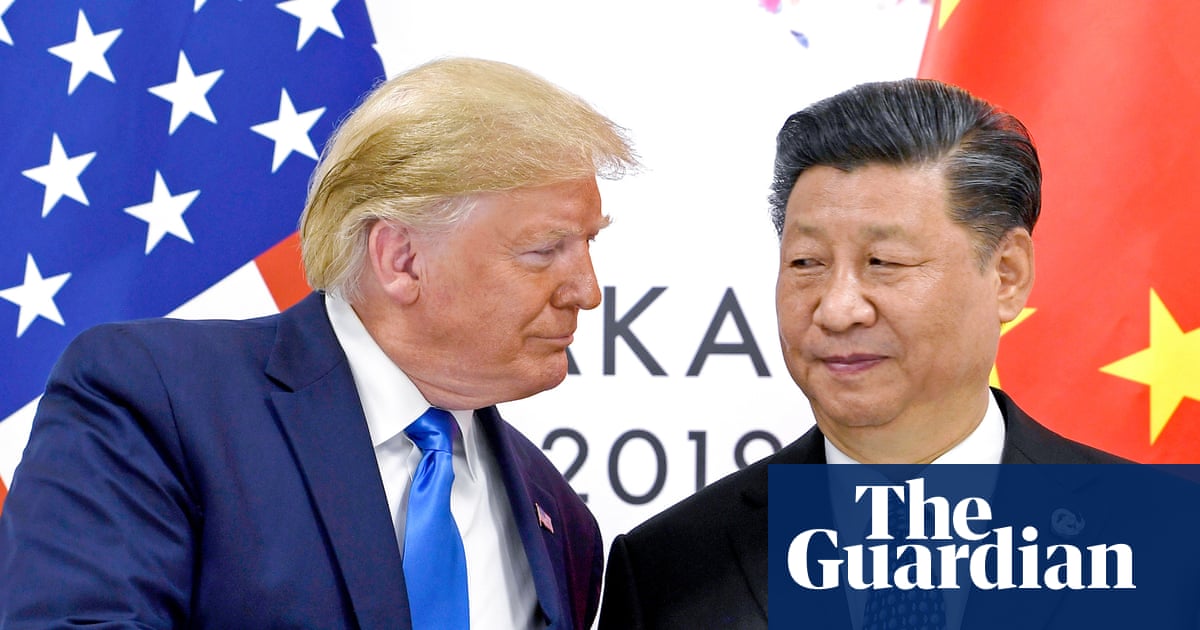Exposure to tobacco killed more than 7 million people worldwide in 2023, according to estimates.
It remains the leading risk factor for deaths in men, among whom there were 5.59m deaths, and ranks seventh for women, among whom there were 1.77m deaths.
While the UK has seen a 45% decline in deaths attributed to tobacco since 1990 – including smoking, chewing tobacco and secondhand smoke – the global rate has risen by 24.4%.
The analysis, from the Institute for Health Metrics and Evaluation (IHME) at the University of Washington, is based on data from the Global Burden of Disease study and was presented at the World Conference on Tobacco Control in Dublin on Monday.
Some countries have experienced dramatic rises, the researchers said, with the highest jump in Egypt, where deaths in 2023 were 124.3% higher than in 1990.
Brooks Morgan, a researcher at the IHME, said: “Tobacco exposure is one of the most significant risk factors identified in the Global Burden of Disease study 2023, contributing to approximately one in eight deaths worldwide.
“While some countries are seeing encouraging declines in tobacco-related deaths, others are heading in the opposite direction. These trends highlight the urgent need for accelerated implementation and stronger enforcement of strategies proven to reduce tobacco use.”
In separate research, a team from the Institute of Clinical and Health Effectiveness (IECS) in Argentina looked at the impact of tobacco use in Bolivia, Honduras, Nigeria, Paraguay and Uruguay.
They calculated tobacco had caused more than 41,000 deaths in the five low- and middle-income countries, and cost nearly $4.3bn (£3.4bn) in medical expenses, lost productivity and informal caregiving.
Natalia Espínola, a coordinator of health economics at the IECS, said the total was equivalent to about 1% of the countries’ combined GDP.
Cassandra Kelly-Cirino, the executive director of the International Union Against Tuberculosis and Lung Disease, said: “The research showcased today at the World Conference on Tobacco Control is a powerful reminder that tobacco remains one of the most devastating public health threats of our time. There is no such thing as a healthy tobacco product, and reduced risk all too often just means increased profit for industry. We must take a zero-tolerance approach.”
A report published by the World Health Organization on Monday urged countries to go further in efforts to tackle tobacco and newer nicotine products such as vapes, including by raising taxes and requiring graphic warnings on packaging.
Dr Tedros Adhanom Ghebreyesus, the WHO director general, told the conference that progress in tobacco control was fragile. He said: “Despite the rise in regulation, the tobacco industry continues to evolve, pushing new products, targeting youth, and working to erode our gains.”
Higher taxes on tobacco could “be used for the gaps” in health funding caused by drops in overseas aid in many countries, he suggested.
In another study presented at the conference, researchers from Fudan University in China showed that an AI mobile phone tool designed to help smokers quit using tailored messages and games could double their chances of success.
In a trial involving 272 smokers, 17.6% of those using the tool quit, against 7.4% of those in a control group.

 2 months ago
83
2 months ago
83

















































